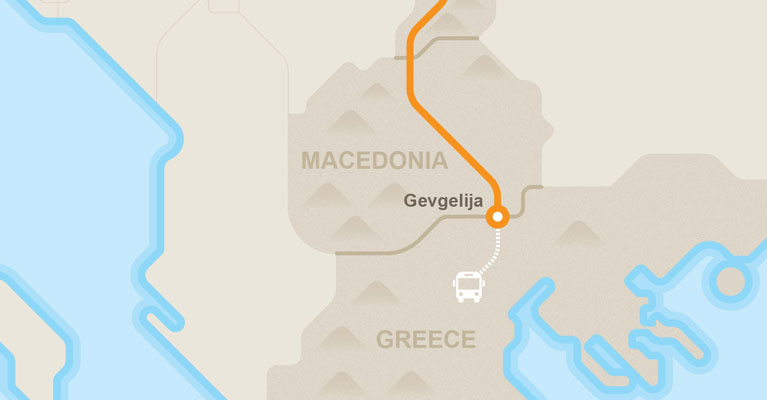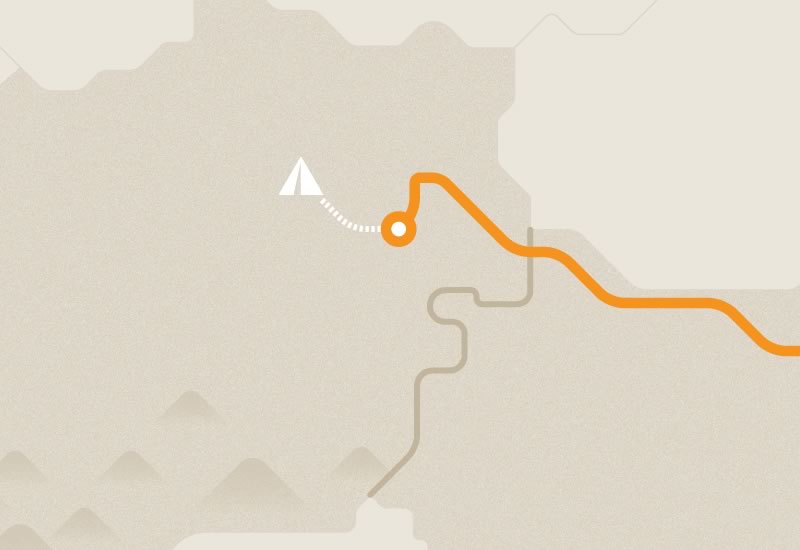In many ways, they lived normal twentysomething lives.

Sayid, 27, was a sales manager at a computer company in the Syrian capital, Damascus. Amira, 20, taught kindergarten and was a student of Arabic literature. In July, they got married. But as Syria's civil war inched closer, the newlyweds made the heartbreaking decision to leave. They set off on August 17, 2015, traveling through Lebanon, Turkey, and then to the Greek island of Lesbos.
Two weeks into their journey, RFE/RL correspondent Ray Furlong met the couple at the Greek-Macedonian border and traveled with them along the so-called "Balkan Route" to Austria. This is the story of their journey.

















